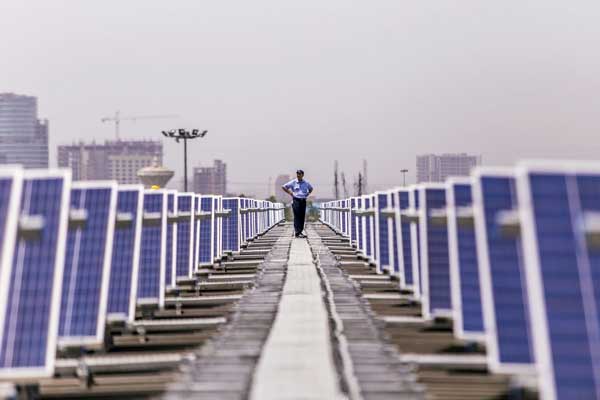India says it needs USD $330 billion in investments over the next decade to power its renewable energy drive, but coal will remain central to its electricity generation.
What Happened?
The country wants to raise its renewable energy capacity from the current level of 22 percent of total installed capacity up to 40 percent – or about 500 gigawatts – by 2030.
Reuters quotes the government’s economic survey, presented to parliament, saying that “additional investments in renewable plants up to the year 2022 would be about USD $80 billion at today’s prices and an investment of around USD $250 billion would be required for the period 2023-2030″.
Why It Matters
India is trying to bring electricity to hundreds of millions of its citizens who live off the grid. And it’s trying to ensure that the power comes from clean and renewable sources.
The current government of Prime Minister Narendra Modi has made rural electrification a big priority, announcing that 100 percent of the country’s villages now have access to power. But the government considers a village electrified if just 10 percent of its houses are on the grid, meaning over 200 million people still don’t have access to electricity.
India only trails China and the U.S. in annual greenhouse gas emissions by country, and China faces similar challenges with leaving coal behind.
If those countries are unwilling to embrace a full energy transition away from fossil fuel, the consequences look bleak.














Comments